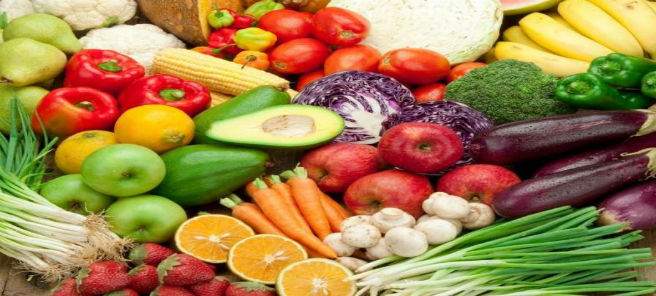While the greenhouse emissions from agriculture (12.9% of Victoria’s total emissions) are
increasingly well understood, emissions generated throughout the supply chain are considerably
less so. Post-farmgate activities include packaging, processing, transport, storage, retail etc.
These supply chains are complex and variable.The horticulture industry in Australia is valued at $3.5 billion and in Victoria is worth $1.3 billion per annum. An improved understanding of the factors affecting greenhouse emissions, fuel use and potential vulnerabilities in the supply chains of these products will be important to their ongoing viability.
The analysis outlined in this report is intended to contribute to an increased understanding of how
fruit and vegetables are moved from production to consumers in Victoria and the greenhouse
emissions implications of this operation. The analysis is focused only on the transport
components of the supply chain, including refrigeration within transport where required, but it
does not include energy use of emissions from production, processing, packaging etc. It should
not be understood as a lifecycle analysis, it is intended only to increase understanding regarding
the transport components of food (particularly fruit and vegetable) supply chains in Victoria.
Overall, key findings of this analysis are:
a) The farm-to-fork transport of of fruit and vegetables in Victoria generate significant
greenhouse gas emissions.
b) Distances between the different elements of the supply chain, including consumer markets,
have a significant influence on the total GHG emissions generated, as do the type of vehicles
used and the proportion of backhauling.
c) Following the rationale of b) and from a transport emissions and fuel use perspective there
are significant benefits in retaining F&V production in proximity to the major population
centres. In this case, it is Melbourne’s consumers.
d) Most importantly, the proximity of retail outlets to consumers (or access without a car) is
critical to decrease the consumer transport component in farm-to-fork supply chains.
e) Seasonality has a large influence on the amount of fuel used / emissions generated from the
transport of fruits and vegetables. Under current production patterns, Victoria has a large
surplus in March and a likely deficit of produce in October.
f) GHG emissions in these analysis act as a proxy for fuel use. Significant GHG emissions also
represent vulnerabilities of both supply chain operators and consumers to increases in fuel
price.
